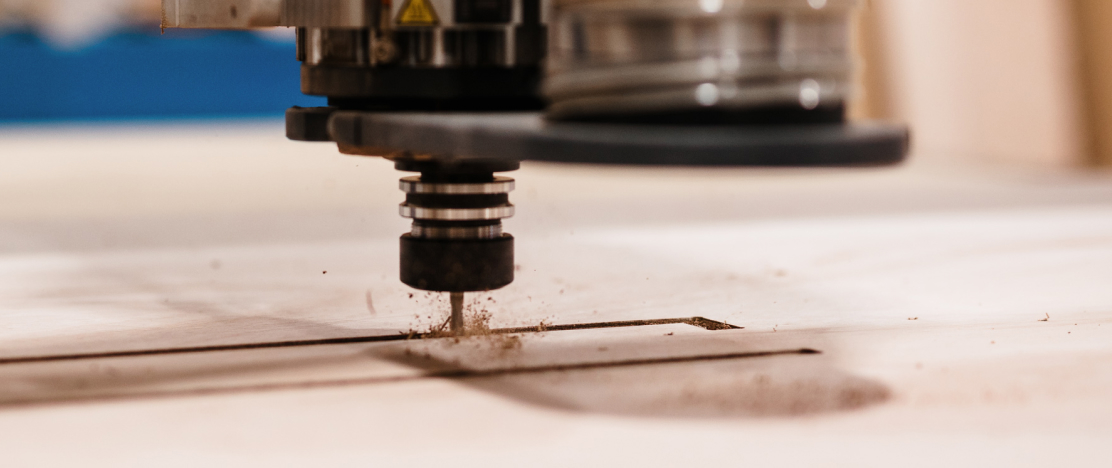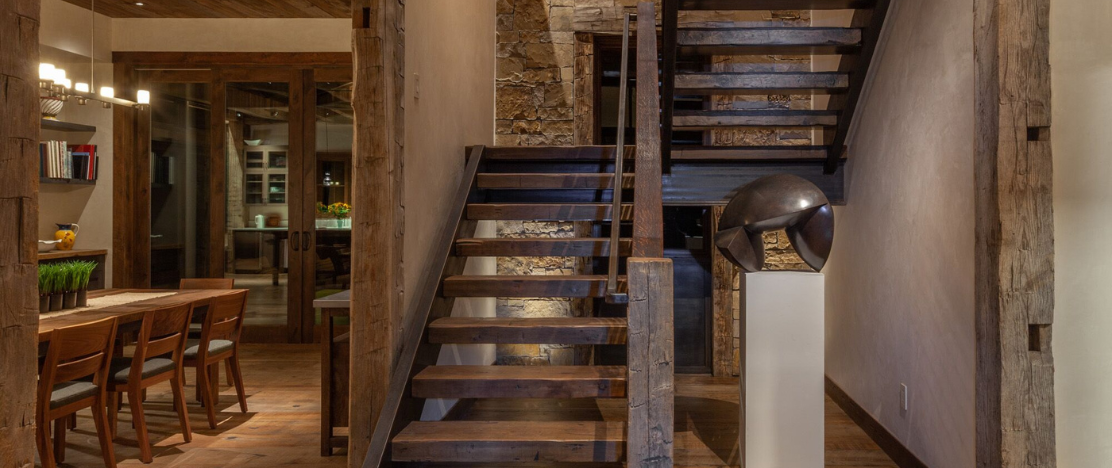PVC vs Composite Decks
For homeowners thinking about installing their first deck, it can be confusing to make sense of all the decking options – especially when it comes to PVC vs composite decking. At first glance, they seem fairly similar, but there are some key differences between the two.
| PVC | Composite |
|---|---|
| Made of 100% synthetic material | Made from a mix of synthetic and wood products |
| Lightweight | Denser deck boards |
| Uniform, synthetic appearance with repeating patterns | Complex grain patterns and colouring that more closely resembles real wood |
| Generally more expensive than composite | |
| Has more friction, so provides better slip prevention |
Similarities Between PVC and Composite Decks
Despite many differences, there are a few things the two types of decking share:
- They require less maintenance than some wood decks. For example, you don’t need to sand or stain a PVC or composite deck. A quick clean is all that’s needed to keep the deck looking brand new.
- PVC and composite decks are resistant to mould, mildew, staining and scratching; however, PVC products tend to provide a bit more protection.
Which is Better – A PVC or Composite Deck?
One type of deck isn’t better than the other, it comes down to your personal preference and budget.
For people that want durability over everything else – PVC is probably the way to go. However, for homeowners that are looking for a wood alternative that is also cost-conscious – composite might be a better option.
It’s also worth noting that not all PVC and composite decking companies use the same manufacturing process. Whether you decide to go with PVC or composite, it’s important to choose a high-quality product.
As a supplier of quality decking material – The WoodSource can help you settle the PVC vs composite debate. Tell us about your project and budget and let us walk you through the options!
Reach out and get connected with one of our knowledgeable staff members.

